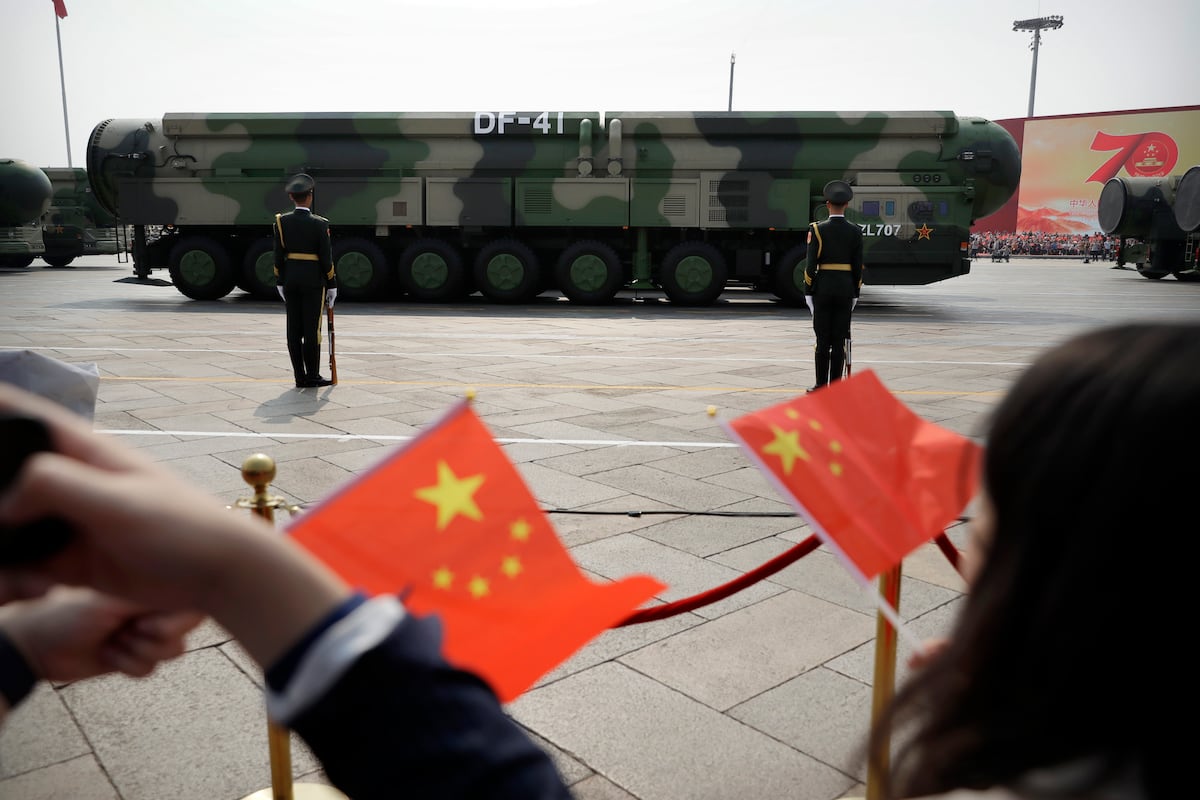Declining Readiness of U.S. Amphibious Ships: Implications for Marine Operations
The operational readiness of U.S. Navy amphibious warfare vessels, essential for the Marine Corps’ diverse mission set, has recently plummeted to a concerning 41%. This decline comes at a time when the recent U.S. administration has intensified measures aimed at combating drug trafficking across Latin America and the Caribbean.
Impact on Marine Deployments
A significant repercussion of reduced amphibious ship availability has been a notable five-month hiatus in Marine Expeditionary Unit (MEU) deployments during the current year. The 31st MEU concluded its last mission in early March aboard the America Amphibious Ready Group. In contrast, the 22nd MEU recently embarked on a deployment with the Iwo Jima Amphibious Ready Group.
As the Iwo Jima group currently navigates the waters off the Carolinas, contending with Hurricane Erin, its entry into Caribbean waters has encountered delays due to adverse weather conditions. Meteorological forecasts anticipate that the storm will remain a formidable force into midweek, further complicating naval operations.
Ongoing Maintenance Challenges
This reduction in the amphibious fleet’s readiness underscores persistent challenges within the Navy’s maintenance management. The Navy has struggled to adhere to maintenance schedules for amphibious vessels since 2010, resulting in substantial availability issues when the demand for increased military options is paramount.
- The Government Accountability Office report from December revealed that nearly half of the Navy’s total of 32 amphibious ships are experiencing poor material conditions.
- Current standards dictated by the Marine Corps stipulate that an 80% readiness rate is necessary to meet operational demands effectively. According to Marine Corps Commandant General Eric Smith, the existing state of amphibious readiness constitutes a “crisis.”
As noted by General Smith, “I have the Marines, and I have the squadrons, and I have the battalions… I just don’t have the amphibs.” This sentiment highlights the critical gap between personnel readiness and the operational assets required.
Broader Strategic Considerations
In a bid to enhance military readiness, the Trump administration has prioritized reinforcing capabilities to address immigration and the influx of illicit substances into the U.S. The recent deployment of the Iwo Jima Amphibious Ready Group, comprising over 4,500 sailors and Marines, is geared toward expanding options for the President in combatting drug cartels. This task force includes:
- Iwo Jima (LHD 7) – the flagship amphibious assault vessel
- San Antonio (LPD 17) – a San Antonio-class amphibious transport dock
- Fort Lauderdale (LPD 28) – another San Antonio-class vessel
These resources are part of a broader strategy within U.S. Southern Command, which has also seen deployment of additional military assets, including submarines and P-8 Poseidon reconnaissance aircraft, to bolster counter-narcotics operations in the southern Caribbean Sea.
Training and Operational Readiness Gaps
Despite current deployments, U.S. officials have raised concerns about the readiness and training of Marines assigned to counter-drug operations. With many units facing insufficient preparation for interdiction tasks, operational effectiveness may be compromised.
Additionally, the Government Accountability Office highlights that prolonged administrative delays have led to an estimated 28.5 years of lost training and deployment time for amphibious vessels and their associated Marine units.
Key Takeaways:
- The amphibious fleet constitutes merely 10% of the overall Navy but serves as a critical alternative to aircraft carriers, providing flexibility for commanders when a more precise or immediate response is required.
- Marine Expeditionary Units traditionally conduct a wide array of missions, from combat operations to humanitarian assistance and disaster relief.
The current state of U.S. amphibious readiness presents significant implications not only for immediate military operations but also for broader strategic objectives. Enhancing the readiness of these essential assets will be pivotal for the Marine Corps as it navigates complex international security challenges.





